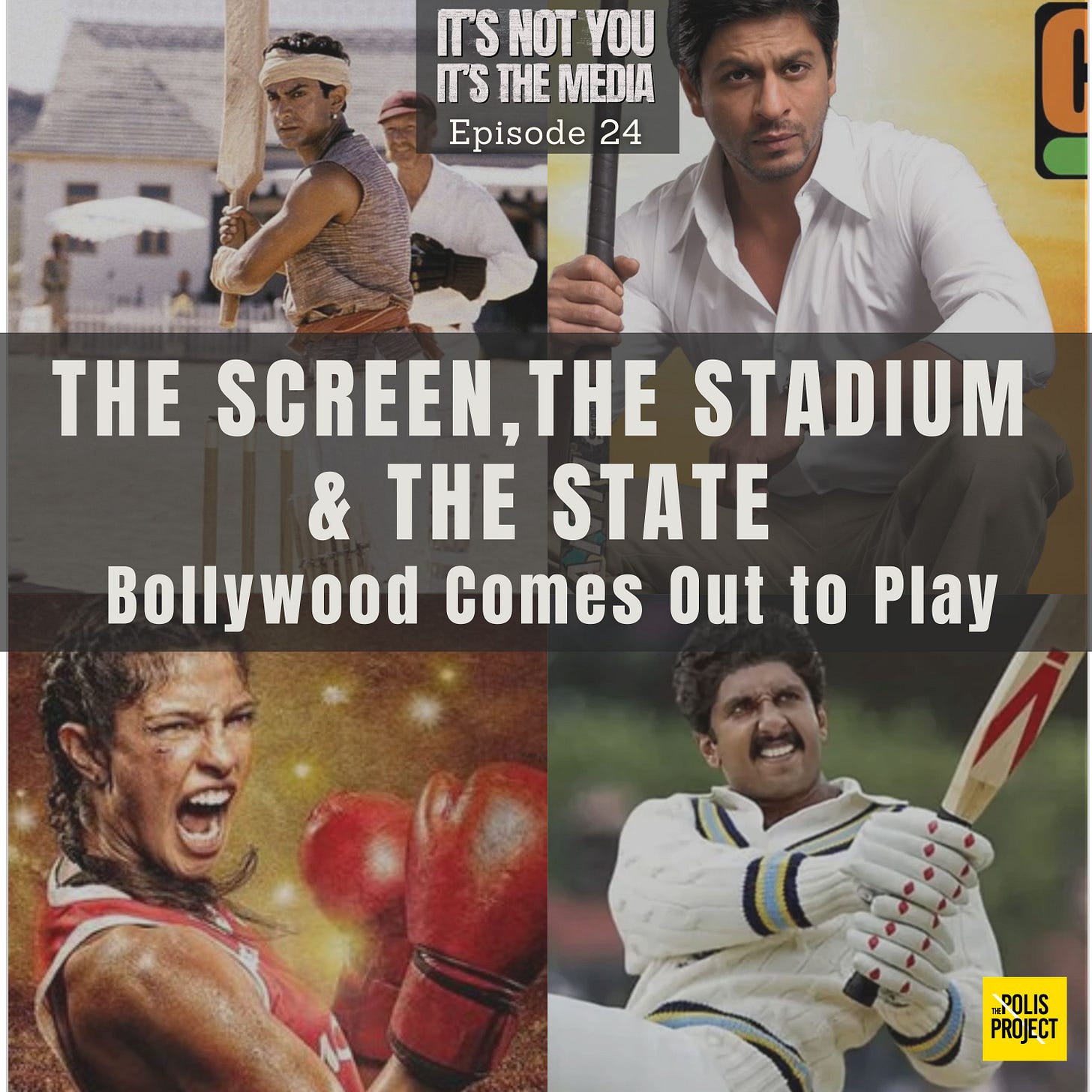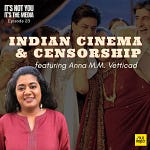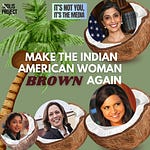The hosts take a sharp, playful, and unflinching look at Bollywood’s obsession with sports films and the not-so-subtle nationalism embedded within them. From Lagaan to Chak De! India to 83, they explore why India’s sports biopic industry has exploded in the past 15 years, and how these films turn real-life athletic struggles into patriotic spectacles. What makes a sports movie so irresistible? Why does every underdog story end in a tear-jerking celebration of the nation? And how does Bollywood sanitize the harsh realities of caste, gender, and systemic neglect in Indian sports, replacing them with glossy, emotionally manipulative narratives?
The conversation moves from Lagaan’s colonial cricket fantasy to 83’s oddly racialized portrayal of the West Indies team. They examine how India’s sporting heroes — from Milkha Singh to Mary Kom — are repackaged for mass consumption, often stripping away the uncomfortable truths about their struggles. What does it mean when films like Dangal make a father the protagonist of his daughters’ success, or when Mary Kom erases the racism Northeastern athletes face? And why does every sports film, no matter how critical it starts out, inevitably circle back to a simplistic celebration of Indian exceptionalism?
This episode also interrogates the way Bollywood builds masculinity through sports films, the influence of the influencer economy on how we view discipline and success, and how these movies manufacture nostalgia for a version of India that never really existed.
Key Takeaways
—Sports films thrive on feel-good nationalism. No matter how much struggle is depicted, the final message is always about national pride, often at the expense of addressing real inequalities.
—Underdog stories individualize struggle rather than critiquing systems. Instead of exposing the larger caste, class, and gender barriers in Indian sports, these films narrow the conflict down to a single corrupt official or a personal redemption arc.
—Women’s sports are shown through a male lens. Whether it’s Chak De! India centering Shah Rukh Khan over the women’s hockey team or Dangal framing the Phogat sisters’ success as their father’s victory, the female athlete is rarely the true protagonist.
—Bollywood repackages the “good Muslim” trope. Whether it’s Chak De! India or Dangal, Muslim characters are carefully written to be hyper-loyal and non-threatening, reinforcing an idea of “acceptable” patriotism.
—The nation gets credit for individual sacrifice. Films celebrate the perseverance of Indian athletes, but the moment they succeed, their personal triumph is absorbed into a larger nationalist narrative.
—Bollywood’s nostalgia machine is relentless. If modern India can’t be romanticized, these films turn to past sporting glories — like 83 and Gold — to construct a sentimental vision of unity and victory.
Keywords
Bollywood, sports movies, nationalism in film, underdog narratives, caste in sports, cricket, Lagaan, 83, Chak De! India, Dangal, Mary Kom, masculinity in cinema, patriotic storytelling, Indian identity, Akshay Kumar, nostalgia politics, media and state propaganda.
A podcast by The Polis Project
www.thepolisproject.com












